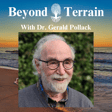
Dr. Jerneja Tomsic on Dismantling PCR, Scientific Corruption, and the Illusion of Virology
In this episode, we’re joined by molecular biologist Dr. Jerneja Tomsic for a thorough, start-to-finish dismantling of PCR, the method that underpins much of modern diagnostic virology.
We begin with foundational principles—Koch’s postulates, isolation vs. purification, and the philosophical failures of modern science. Dr. Tomsic walks us through the basics of PCR, exposing its misuse in clinical settings and the flawed assumptions baked into its application.
From there, we challenge the idea of asymptomatic carriers, the nonsense of virology, and the sleight of hand involved in viral sequencing, primer creation, and metagenomics.
This is not just a technical critique—it’s a deeper reflection on scientific corruption, narrative manipulation, and the role of fear as the real virus.
If you’ve ever questioned the foundations of modern "infectious disease" science, this episode is essential listening.
Keep up with me (socials)
https://www.instagram.com/beyond.terrain/
Our vision at Beyond Terrain is best supported by sharing our work!
Joining our private terrain community is also a wonderful way to support what we do here at Beyond Terrain.
https://beyondterrain.com/beyond-terrain-community/
Learn more from and support our esteemed guest, Dr. Tomsic
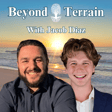
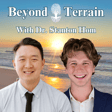
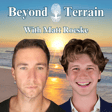



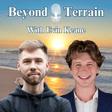



![DNA Doesn't Exist & Genomic Nonsense with Dr. Jerneja Tomsic [Part 2] image](https://media.zencastr.com/cdn-cgi/image/width=112,quality=85/image-files/652933f3a749dc383eb375de/ce5a5fd9-98c9-44fe-9b4b-3d0cd5abcf29.png)


